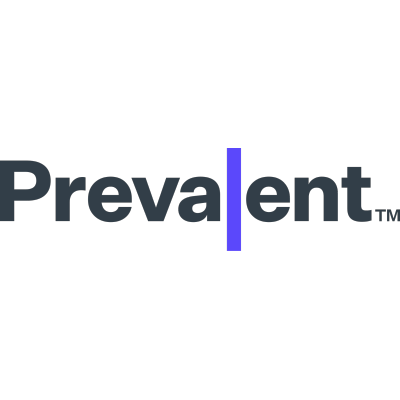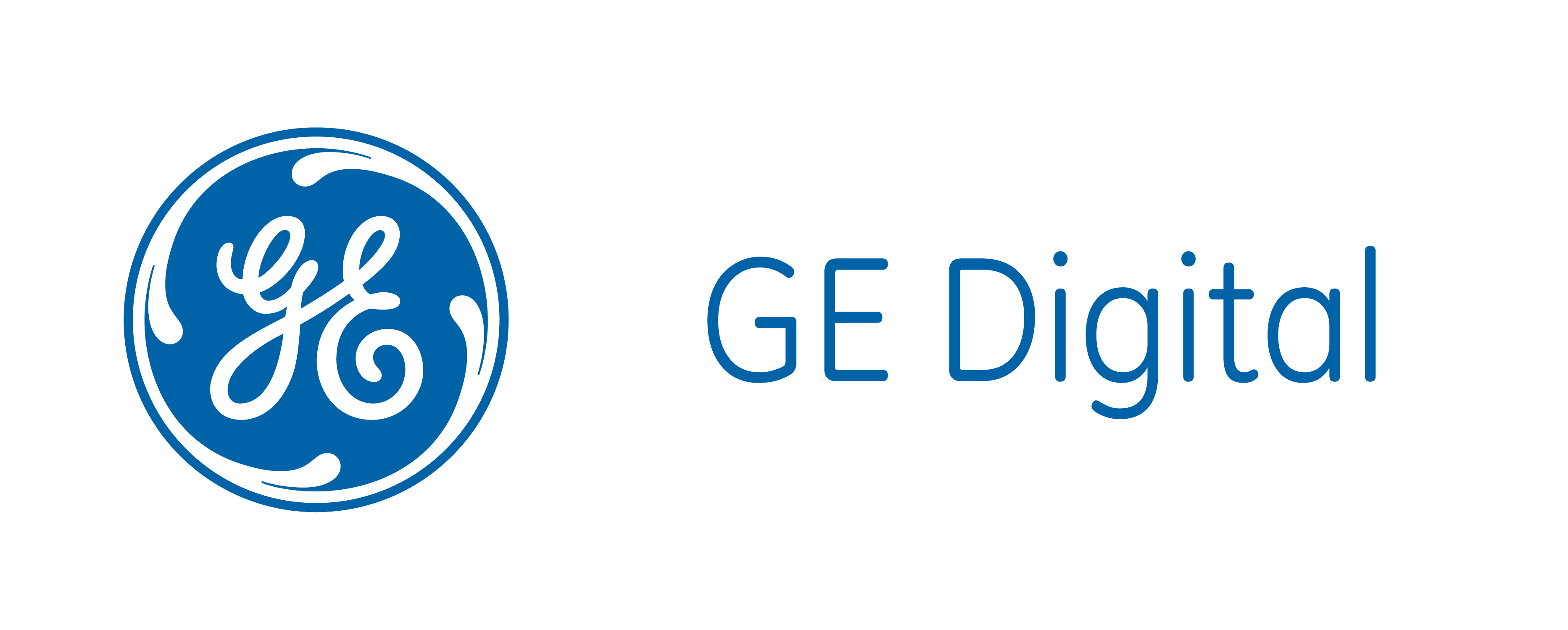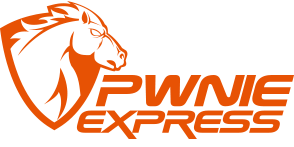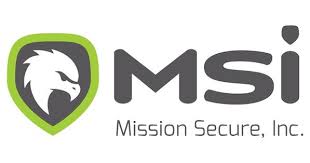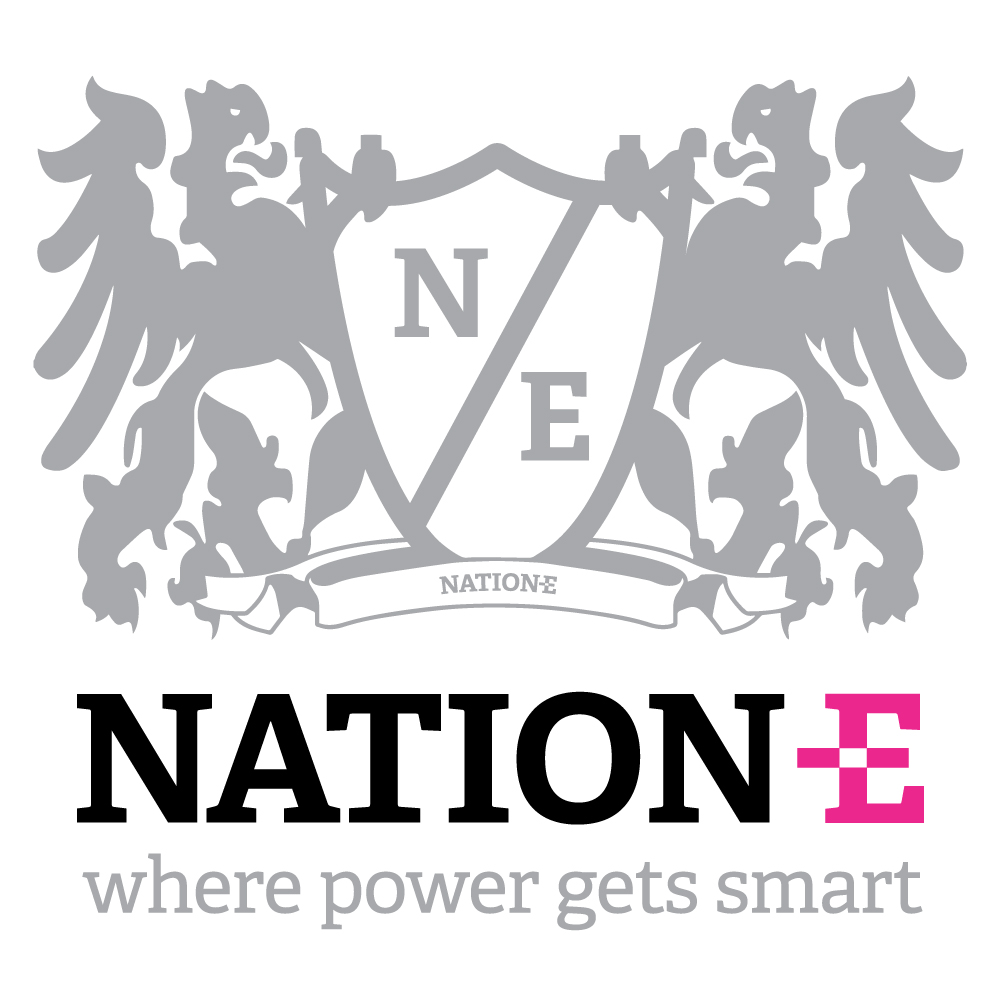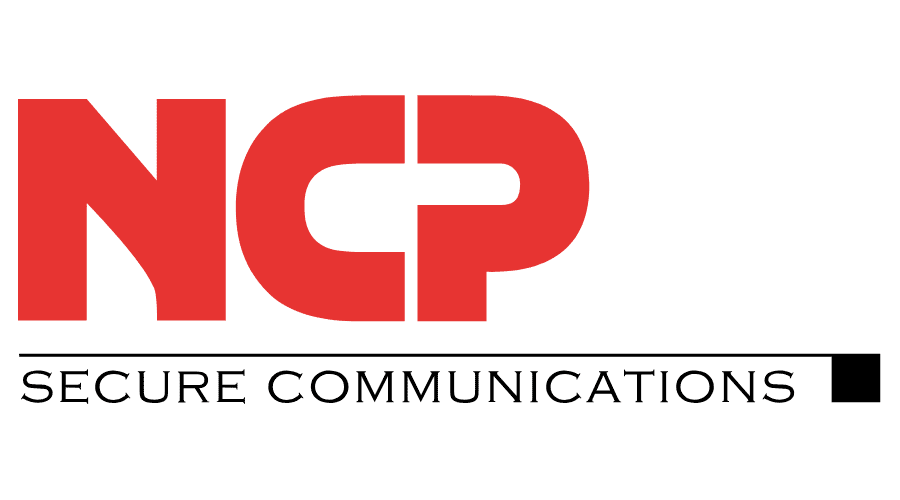
Problems that solves
No IT security guidelines
Unauthorized access to corporate IT systems and data
Risk of attacks by hackers
High costs
Values
Reduce Costs
Ensure Security and Business Continuity
Eurotech Everyware IoT
Everyware IoT is an integrated platform that provides IoT gateways for any industry vertical, an open edge framework and modular cloud infrastructure to connect field devices to business analytics.
About Product
Description
Eurotech provides hardware and software IoT solutions under the brand name of Everyware IoT. Everyware IoT is an integrated platform for the Internet of Things that provides IoT gateways for any industry vertical, an open edge framework and modular cloud infrastructure to connect field devices to business analytics and enterprise applications. Based on open source and standards, Everyware IoT accelerates IoT application development and project deployment while avoiding vendor lock-in.
Open
Open-sourced, based on open standards, and supported by a large eco-system of partners, it ensures flexibility and interoperability while avoiding the limitations of proprietary and lock-in solutions.
Integrated
Everything needed to bootstrap IoT applications for faster deployment and time to revenue. IoT edge gateways, field protocols, edge computing frameworks, and the IoT integration hub are provided in an integrated yet modular offering.
Managed
DevOps for the IoT. Manage your field devices and your deployment. Integrated Information Technology (IT) and Operations Technology (OT) leads to increased operational efficiency, deployment flexibility and infrastructure security.
Multi-service IoT Edge Gateways
Eurotech Multi-service IoT Edge Gateways are a family of intelligent devices that offer a wide range of performance, networking and ruggedness options in order to best fit today’s IoT applications. Eurotech Multi-service IoT Edge Gateways come certified for various industry verticals including Industrial, Automotive, and Railway and are globally certified for cellular connectivity.
IoT Edge Framework
Eurotech enterprise-ready IoT Edge Framework based on Java, Everyware Software Framework (ESF), supports ready-to-use field protocols (Modbus, OPC-UA, S7), MQTT connectivity, and web-based visual data flow programming to publish data to IoT Cloud Platforms.
IoT Integration Platform
Everyware Cloud (EC) offers an open and modular IoT Integration Platform based on a micro-services architecture. EC provides device management, diagnostics, provisioning, remote access of IoT gateways and devices, and integration services for telemetry data.
Scheme of work

Competitive products
User features
Roles of Interested Employees
Chief Executive Officer
Chief Information Officer
Chief IT Security Officer
IT Security and Risk Management
Organizational Features
IT Security Department in company
Internet access is available for employees




